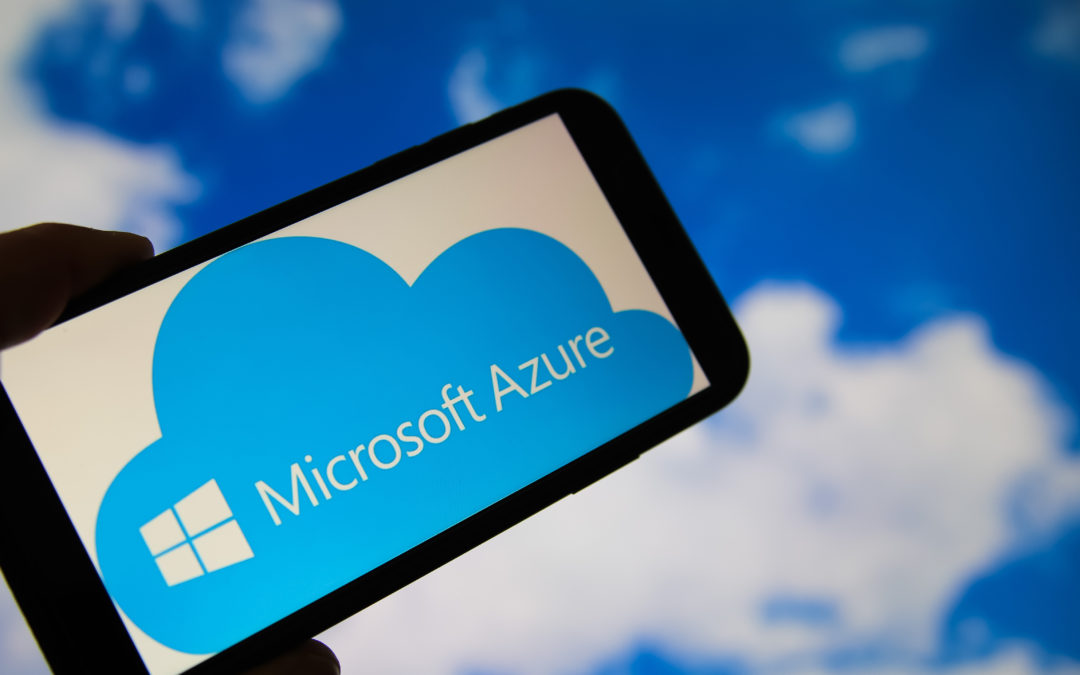We’ve talked a lot about how agribusinesses are technology companies now, heavily reliant on the streamlined processes that software provides for labeling, shipping, processing, and more. While there’s usually a cost associated with new technology investments that can move a company forward, the value of it may be overlooked in high-volume, low-margin agribusinesses.
Fresh produce businesses often shift locations with growing seasons and the need to also shift operations from one site to another provides another hurdle for companies to overcome. This is where cloud-based infrastructure, such as Microsoft Azure and Azure Virtual Desktop (AVD) can be used to better meet the needs of the business and result in more resilient operations.
Investing in cloud computing power and storage can provide significant value for a company, including:
Simplified technology needs. One of the big advantages of using AVD is that when someone needs a desktop computer, a user can log in and use it without needing a high-powered laptop or actual desktop computer. Instead, they can connect from their iPad, tablet, or cell phone, and use the applications just like a regular computer. That’s a service that Azure provides to users within the ecosystem (similar to Citrix and VMWare Horizon View).
Inclusive licensure. There’s a lot of costs associated with licensing Microsoft tools for a business, so when AVD was introduced and licensing was included as part of Office 365, many businesses were able to save money. Instead, there was a shift in the amount of time that the machine was running, or rather run time cost, which contributes to the overall cost of using cloud-based infrastructure. Other providers may add licensing requirements on top of technology investments, which can add up over time.
Ongoing maintenance. An advantage of moving your IT systems and infrastructure to a cloud-based environment, such as Microsoft Azure, is shifting some of the burden of maintenance and upkeep to Microsoft and a managed services provider and away from internal IT teams. Not only does this allow for always up-to-date security protocols and the latest features, but it frees up your internal teams to focus their energy and time on strategic technology goals for the business to better serve customers.
Resilience. In an on-premise data center, any downtime can result in losses, whether it’s the loss of data or being unable to meet the demands for shipping, labeling, or processing. This can mean revenue, too. Within a cloud-based environment like Microsoft Azure, your data center is replicated in three different regions to ensure your data will be available even in the event of an outage. This can also mean having access to up-to-date backups in the event of a security incident. This level of resiliency is hard to replicate when you’re working within an on-premise data center.
All of these results present agribusinesses with the value they need, but what we’ve learned over the years is that it’s better to hear it directly from the companies using these tools.
Here, we share two of these stories:
The Nunes Company
When Director of IT Johnny McGuire joined the business, The Nunes Company was contemplating building an on-premises data center for back-up and disaster recovery. This would involve an upfront outlay of more than $300,000, not to mention ongoing operational costs.
ZAG drew on its previous experience helping Ag clients with disaster preparedness to propose a more cost-effective and efficient solution: running disaster recovery in Microsoft Azure. To ensure this was both financially and organizationally beneficial, ZAG ran through a comparison and evaluation process. This established Microsoft Azure would save The Nunes Company hundreds of thousands of dollars and reduce the operational burden on the team in keeping it running.
“Our disaster recovery planning is all built around ZAG’s expertise and the environment that ZAG built for us in Microsoft Azure,” Johnny said. “That’s the importance of having a strategic relationship like ZAG’s for our company. Without them, we might have taken a more costly, and less effective, direction.”
Misionero
When ZAG began working with Misionero, the company was near end of life for its on-premise data center, needed to be better able to securely support remote work, and lacked a business continuity/disaster recovery plan. As a client that uses ZAG’s managed services, Misionero and ZAG identified the goals of the organization and the technology that would need to be implemented to meet them.
“The more challenges we identified, the more sense it made for us to look at a cloud-based environment,” said CFO Justin Balas.
ZAG recommended the migration of Misionero’s systems to Microsoft Azure and Azure Virtual Desktop (AVD), which would allow the company the flexibility to not only add more capacity to its storage capabilities, but also provide a solid framework for more remote work. This created stability for Misionero and its technology systems, as well as the peace of mind knowing that the company’s data is backed up in the event of an outage or security event.
Building on the value of Azure
Ultimately, the value that Microsoft Azure brings to your agribusiness is about shifting from the cost of maintaining your IT environment to more money for IT support, consulting, and managed services. This can mean all the difference for your business as you look toward making investments that increase your productivity, efficiencies, and deliver more value to your vendors and customers.
Are you ready to start on the journey? ZAG can help you determine whether you’re a good candidate for Microsoft Azure and AVD.



